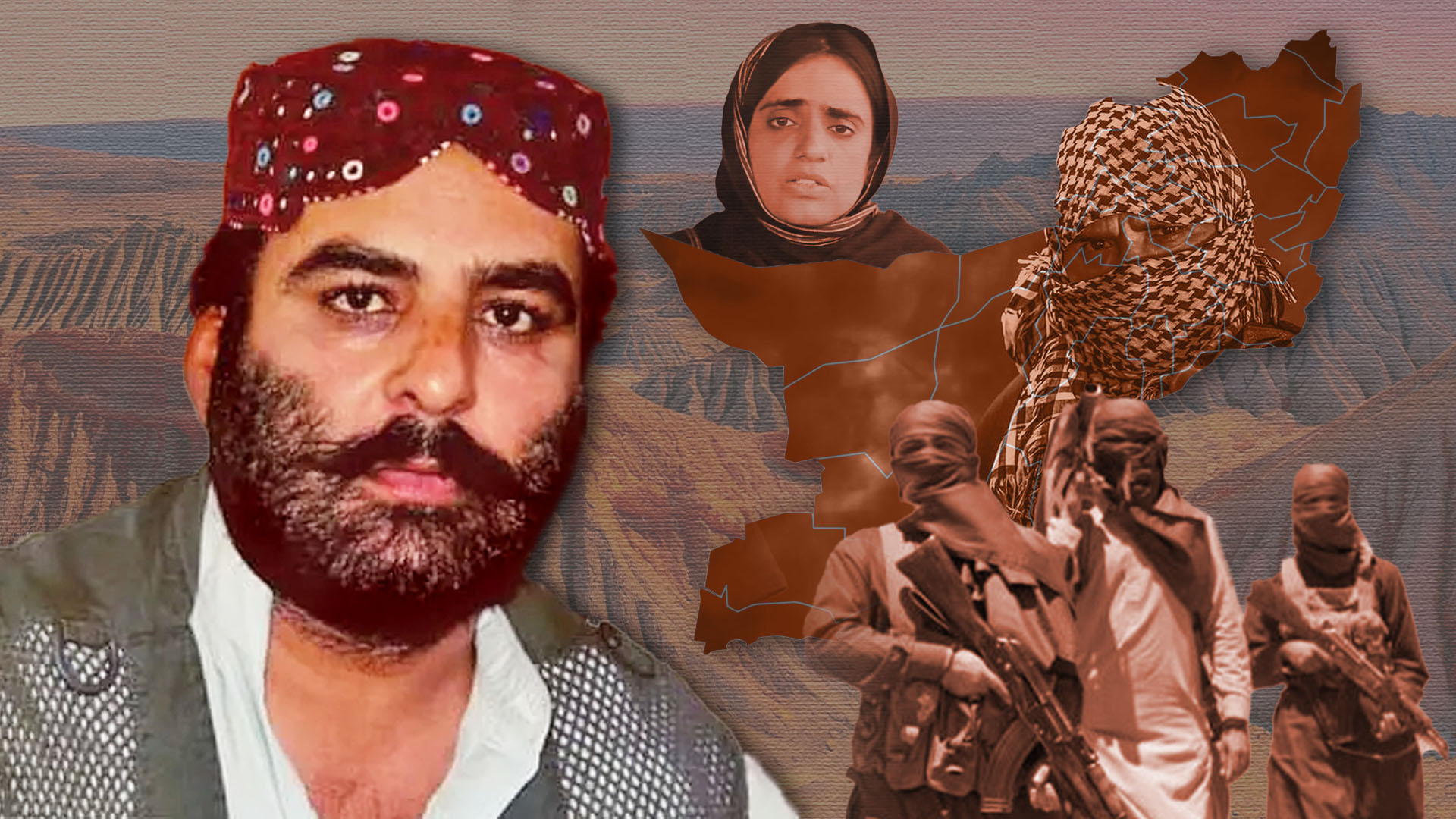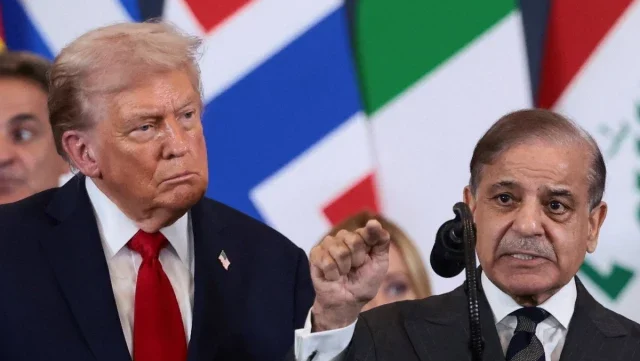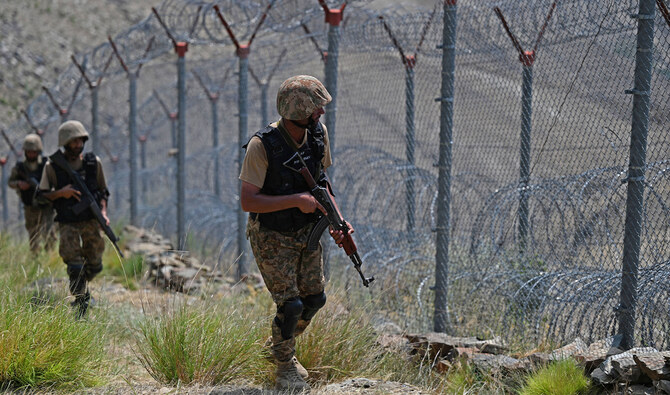On the morning of June 13, 2025, Israel opened the sky over Iran with two hundred jets, striking enrichment plants, command bunkers, and the homes of senior scientists. The raid tore open a long-smouldering wound and left Major General Hossein Salami, plus the Armed Forces Chief General Mohammad Bagheri, among the dead. It also erased four civilian physicists who had spent years moving high-grade equipment beyond plain sight.
Military spokespeople in Tel Aviv replayed the strikes for local news as a surgical success, yet the bombing showed something larger than precision. Long-time critics saw, in the flashing radar returns, a blueprint for unilateral primacy that drew on American assets and, as rumours later suggested, a new layer of tactical backing from New Delhi. What began as a midnight operation quickly settled into the latest chapter of a brutal, ongoing campaign. Defence officials in neighbouring capitals started using terms such as doctrine.
Running under the surface for decades, and resurfacing whenever dialogue stalls, that doctrine frames Israel not simply as a regional heir of deterrence but as a fulcrum willing to relocate instability a few hundred miles east. The real fault line now appears to lie between the Triangle of Tel Aviv, New Delhi, and Washington and almost every capital left outside the looping momentum.
Many observers now assert that the most immediate danger to regional calm may not spring from Iran’s nuclear program but rather from Israel’s unbridled military impulse. That momentum appears fueled by a feverish coalition and a determined drive to annihilate any sign of opposition.
Intelligence and Timing: The Architecture of a Premeditated Blow
The eye-popping accuracy of the bombardments hints at anything but chance. Iranian security officials claim the raids were underpinned by leaked observations from disgruntled insiders buried within Tehran’s laboratories and weapon sites. Mossad’s decades-long habit of cultivating such treachery has turned peacetime espionage into a ritual blueprint for warfare.
Consider, for instance, the 2020 murder of nuclear architect Mohsen Fakhrizadeh or the digital ambush known as Stuxnet- both acts trampled Iranian sovereignty yet drew little more than muted protests from Western capitals. Tel Aviv, for its part, regards each episode as a roster of discrete victories.
Analysts have also pointed to uncanny telic fortuity, since the strikes landed barely 48 hours before a planned U.S.-Iran negotiation in Muscat. By shredding the diplomatic schedule before it could be finalised, someone had already pulled staff from all three American embassies in the region, effectively remapping the possibility of talks in real-time.
Another detail stands out: the attack left the Bushehr nuclear station untouched. That concrete-walled facility, stocked and supervised by Russian engineers and working under IAEA seals, was deemed off-limits, even to a military machine that shows few such hesitations.
The precision of Israel’s strikes speaks as much to its expansive network of informants as it does to a deliberate decision to steer clear of a military clash with Moscow. In plain terms, Jerusalem is weighing each breach of formal law against an unforgiving ledger of geopolitical costs.
A longer-term blueprint, commonly labelled the Greater Israel Doctrine, has quietly guided many of these operations. In straightforward military logic, the idea is to kneecap the deterrence muscles of Iran’s anti-Israel alliance, which runs through Syria, Lebanon, and the Yemeni Houthis. Take away Tehran’s hardware and the nuclear umbrella shrinks; Israel’s defenders say that simple arithmetic flips the regional equation in their favour.
A second motive, sometimes whispered in strategic circles, is to nudge crown-wearing officials in Riyadh and elsewhere toward quick diplomatic handshakes with Tel Aviv. The playing field grows chaotic, the story runs, and the only outfit that can promise a return to calm is the one doing most of the breaking.
Oddly enough, this pattern of action echoes goals India has laid out for its footprint across Afghanistan and Balochistan. New Delhi fears Iran’s sway in those border provinces and therefore treasures close military, cyber, and intelligence ties with Israel, whose planners see the same Persian threat through different binoculars.
The broadening India-Israel partnership, bolstered by an unexpected affinity between Hindutva and Zionism, is now sketching a reordered Middle East. That blueprint in effect sidelines Tehran, isolates Islamabad, and relegates Palestinian aspirations to an afterthought.
For Iran, the choice is stark: retribution or restraint. It’s a military paradox, however, even with sizable drone and missile inventories, the high-tech edge signalled by Iron Dome and David’s Sling remains beyond easy reach.
A single wave of Iranian drones met Israeli countermeasures essentially unchanged. Should the Shahab or Sejjil stockpiles ignite, or Hezbollah and Houthi proxies find fresh orders, the balance of firepower could shift.
Yet Tehran hesitates; blanket retaliation risks catastrophic counterstrikes and could lock its economy in a tighter grip. Miscalculations may hand Washington and Jerusalem the excuse they seek to expand their theatre, pulling the Gulf front-line states deeper into the flames.
Expect, therefore, a drip of asymmetric pushback-cyber pins, covert ordnance, quiet resupply to regional allies, whilst Iran shores up internal unity and waits for external tempers to cool.
In parallel, Gaza, under bombardment, offers its hellscape; the timeline runs from March 2025, after another brief flicker of a cease-fire. Reports now number 1,500 dead, the calculus sliding each hour as strikes pile atop strikes.
Gaza’s health ministry now counts more than 41,000 lives lost since October 7, 2023. Hospitals, refugee centres, and even schoolyards have been transformed into graveyards. Many observers cannot shake the impression that Israel’s campaign treats military personnel and infants with chilling symmetry. Destruction, rather than surgical precision, has become the shorthand description heard on the ground. In the lean language of military briefings, the doctrine is described as annihilation.
The short-lived U.S.-backed aid corridor collapsed under gunfire, and the food trucks that did arrive were quickly torched. Eyewitnesses report civilians being killed in crowded streets once cameras were turned away. United Nations officials, backed by a growing number of human rights groups, label the pattern as collective punishment and warn that it flirts with outright war crimes. Public appeals for a pause, however, have been smothered by American vetoes and Europe’s frequent indecision.
Washington’s involvement goes beyond diplomatic statements and touches the realm of cold hardware. Every year, Congress authorises $3.8 billion in military assistance, yet that sum looks modest next to the MK-84 bombs and heavy bunker-buster ordnance secretly flown in during crisis moments. The White House keeps saying restraint, but Security Council drafts calling for cease-fires vanish once an American stamp of disapproval hits the bottom.
The United States has largely masked its backing of Israel’s military operations behind a screen of selective ignorance. By funnelling weapons and intelligence while publicly insisting on neutrality, Washington has signed on as a reluctant co-pilot of Tel Aviv’s war machine.
U.S. leaders speak of deterring aggression, yet the underlying goal tracks closely with Israeli interest: drain Iran’s power across the Middle East, nudge its regime toward collapse, and lock critical arteries such as the Strait of Hormuz under an American umbrella. If Tehran retaliates by cutting oil shipments, that very crisis would grant Pentagon planners the perfect pretext for inflating troop numbers in the Gulf and drowning out Russo-Chinese diplomatic overtures.
For Pakistan, the fallout arrives on its doorstep. Its geographic closeness to Iran blurs the line between opportunity and tremendous risk; Islamabad could mediate or find itself in the crossfire.
A carefully calibrated response starts with conversation. Broadening lines of direct diplomacy and covert intelligence exchange with Tehran prepares a corridor for joint assessments, border patrolling, and counter-espionage, projecting a reliable partnership.
Pakistan must also prevent the Balochistan question from becoming fodder in the hands of its adversaries. Flush investments in roads, schools, and digital surveillance, paired with an urgent counter-narrative campaign, can rob both Washington and New Delhi’s hawks of the ethnic leverage they crave.
Analysts now warn that the Balochistan Liberation Army and Tehreek-e-Taliban Pakistan are likely to step up their campaigns, and some see outside intelligence firms fanning those flames. A sudden rise in attacks could catch security planners in Islamabad flat-footed.
Faced with that turbulence, many officials argue Pakistan should realign quickly with China and work through the Shanghai Cooperation Organisation. Beijing, eager to soothe Persian Gulf rivalries and keep its Belt and Road routes open, may lean on Islamabad to act as a mediator between Iran, China, and the Central Asian republics.
American emissaries are expected to push Pakistan to ostracise Tehran, and resisting that demand will not be easy. Senior diplomats suggest that Islamabad will need to balance closer ties with Moscow, Ankara, and Kuala Lumpur while avoiding open confrontation with Washington. The military strike on June 13 sent shock waves beyond anything the usual round of sanctions or speeches could produce.
The offensive, framed as a preemptive action, all but erased the last shreds of restraint Israel had observed in its shadow war with Iran. U.S. backing has grown more explicit, and New Delhi now marches almost in step, adding a surprising dash of Hindu Nationalism to an already fiery mix.
Many regional capitals now voice the blunt verdict that one country, Israel, has become the Middle East’s number-one source of instability. The label rogue nuclear state, once reserved for a handful of pariah regimes, crops up more frequently in private briefings.
The stillness from global forums now reads as quiet complicity, while the passivity of prominent Muslim states feels like a deliberate betrayal. Should Israel’s current course remain unchecked, the resulting conflagration could engulf both the Middle East and distant capitals alike, leaving no nation untouched.
Ambiguity has exhausted its usefulness, replaced now by a glaring demand for strategic clarity. Pakistan, therefore, must move beyond mere rhetorical condemnation; the government ought to brace itself for the inevitable storm.









